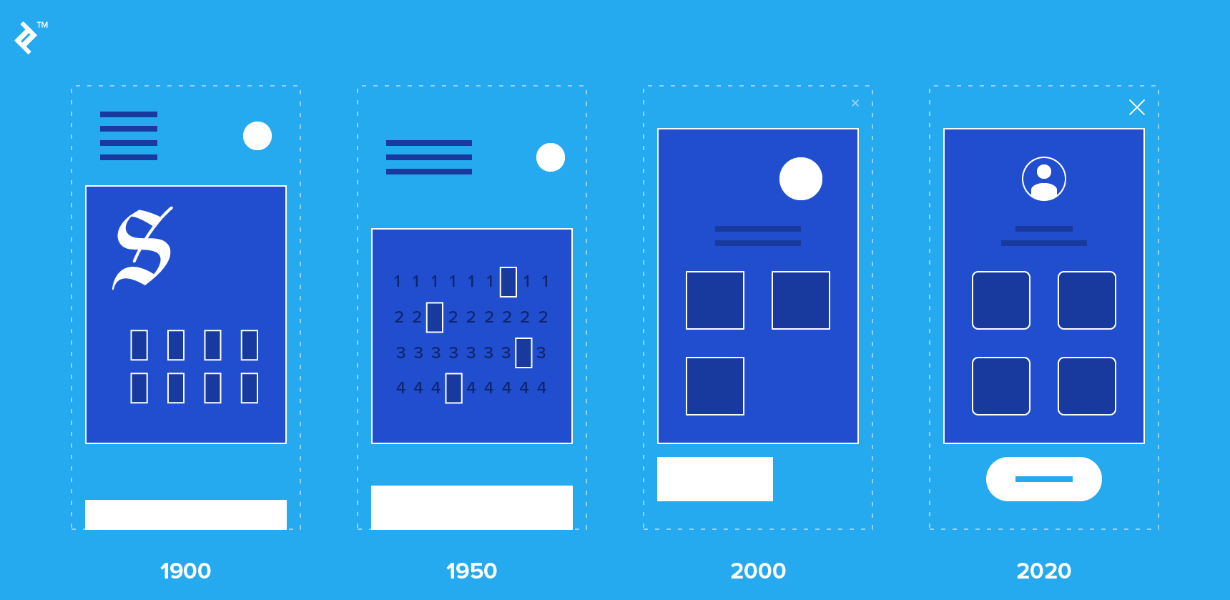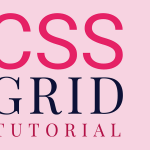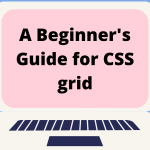
The Rise of Motion Design in Material UI: Enhancing Interactivity and Engagement
- Post
- August 5, 2023
- Front-End Frameworks, Material UI, Web Development
- 0 Comments
In today’s rapidly evolving digital landscape, user experience is a defining factor for the success of any application or website. Material UI, with its sleek and intuitive design principles, has taken the design world by storm. But what truly sets apart outstanding Material UI interfaces? The answer lies in the dynamic and captivating world of motion design. In this comprehensive exploration, we delve into the significance of motion design within Material UI, its impact on user interactivity and engagement, and how it’s reshaping the way we perceive digital experiences.
Material Design and Its Evolution
Before we plunge into the depths of motion design, let’s revisit the foundation: Material Design. Conceived by Google, Material Design is a design language that offers a consistent and visually pleasing user experience across different platforms. It’s rooted in tactile realism, with an emphasis on flat, minimalist design and subtle use of shadows and depth.
The Unveiling of Motion Design
Motion design within Material UI introduces a new layer of interactivity, breathing life into static interfaces. It’s not merely about adding animations; it’s about orchestrating a symphony of movement that guides users through their journey seamlessly. The goal is to enhance user comprehension, engagement, and delight.
The Science Behind User Engagement
Neuroscience tells us that the human brain is naturally drawn to movement. This concept holds true in the digital realm as well. Incorporating well-crafted motion design principles capitalizes on this cognitive bias, attracting and holding users’ attention. This engagement can lead to increased user interaction, longer session durations, and higher conversion rates.
Elevating User Feedback with Animation
Incorporating motion into feedback mechanisms, such as button presses or form submissions, gives users a tangible sense of control. For instance, a subtle animation that visually acknowledges a click can reduce uncertainty and provide reassurance.
Sequencing: The Art of Guiding Attention
Sequencing is a crucial technique in motion design that involves orchestrating animations to guide users’ attention. By strategically sequencing elements, you can lead users through a logical flow, ensuring they absorb the most critical information in the desired order.
Transitions that Tell Stories
Transitions are more than just eye candy; they’re a narrative tool. Seamless transitions between different states or screens create a cohesive story, making the user experience feel like a fluid journey rather than a disjointed series of interactions.
Performance Matters
While motion design offers numerous benefits, it’s essential to strike a balance between visual flair and performance. Slow-loading or choppy animations can lead to frustration and abandonment. Therefore, optimizing motion design for different devices and network conditions is paramount.
Crafting a Consistent Experience
Consistency is the cornerstone of effective UI/UX. Motion design should align with the overall design language and branding, enhancing the user’s perception of a unified and polished experience.
Implementing Motion Responsibly
Not every element requires animation. Responsible motion design focuses on enhancing usability rather than overwhelming users with unnecessary movement. Subtle animations that amplify user understanding are often more effective than extravagant ones.
The Future: Personalized Motion
As technology advances, the future of motion design lies in personalization. Imagine interfaces that adapt their animations based on user preferences and interactions. This level of customization could further elevate user engagement and satisfaction.
Final Words
In the realm of Material UI, motion design is not a mere embellishment; it’s a strategic tool for enriching user interactions. By seamlessly integrating motion into the design process, we empower users to navigate interfaces with fluidity and delight, thus forging more meaningful digital connections.
Commonly Asked Questions
Q1: How does motion design benefit user accessibility?
Motion design can aid users with varying abilities by providing visual cues and feedback. However, it’s crucial to ensure that animations are adjustable or can be disabled to accommodate those with sensitivities or disabilities.
Q2: Are there any performance considerations when using motion design?
Absolutely. Overly complex animations can strain device resources and slow down interfaces. It’s essential to optimize animations for different devices and screen sizes to maintain a smooth user experience.
Q3: Can motion design enhance brand identity?
Certainly. Thoughtfully designed motion elements that align with your brand’s aesthetics can reinforce brand identity and make your application or website more memorable to users.
Q4: Is motion design relevant only for entertainment apps?
Not at all. While it’s true that entertainment apps can leverage motion design for added flair, even utilitarian apps benefit from well-implemented motion. It aids in user comprehension and engagement across various domains.
Q5: How can I get started with incorporating motion into Material UI?
Begin by studying Material Design guidelines and exploring existing examples. Experiment with subtle animations for feedback and transitions, and gather user feedback to refine your approach over time.




